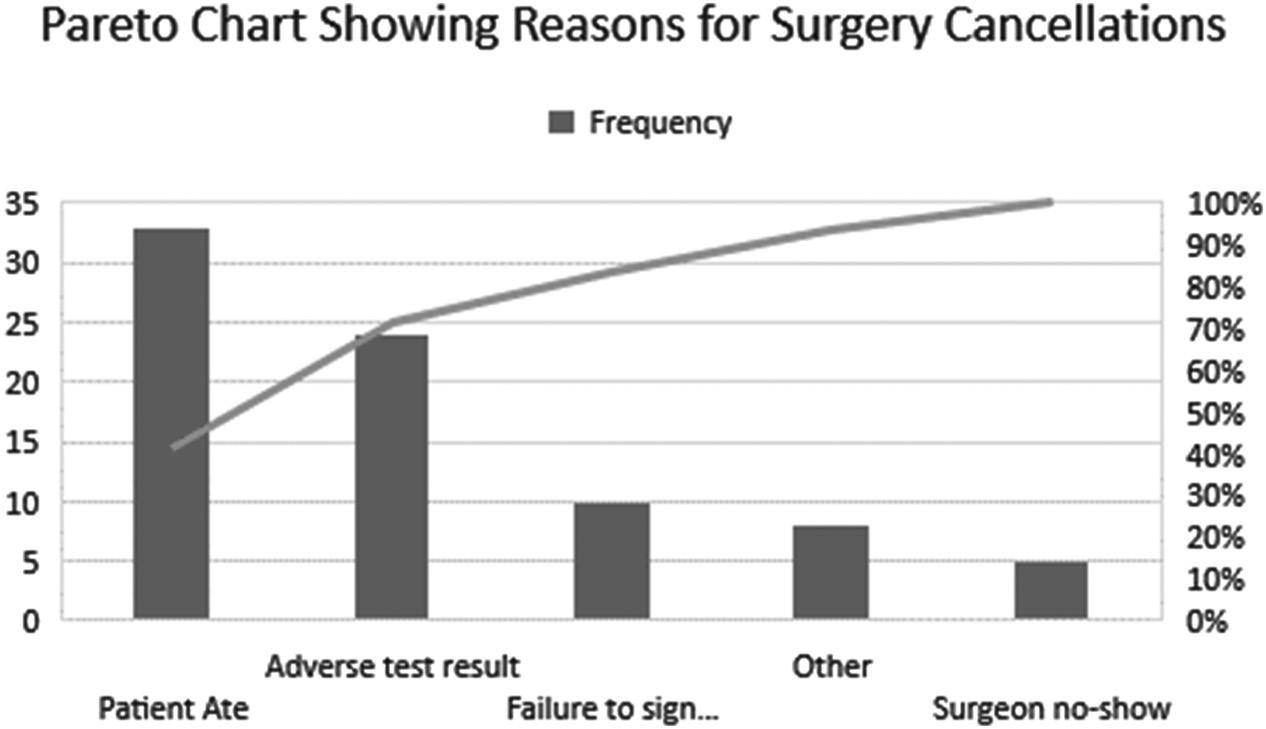108 ◾ Healthcare Value Proposition
events, such as patient registration and triage in the emergency department. Value is achieved only when the patient receives the benefits of that intervention or encounter. It is the process steps that define the value stream. Once the value stream has been identified, it is time to begin the task of mapping it. To create the value stream, one must literally walk the value stream of the facility, noting value-added time and non-valued-added time. This process leads to the creation of a visual map and exposes the ability to see areas for improvement. The purpose of a value stream map (VSM) is to identify activities that do not add value to the end product or service. By eliminating these activities, organizations will gain faster throughput and greater quality.
What Is Value Stream Mapping? VSM is a lean methodology that consists of a flow chart used to illustrate, analyze, and improve the steps required to deliver a product or service. VSM is especially useful to find and eliminate waste. VSM reviews the flow of process steps and information from the start to the delivery of value to the customer. It uses a system of symbols to depict various work activities and information flows. Items are mapped as adding value or not adding value from the customer’s perspective, with the goal of eliminating items that do not add value. Value stream maps have their roots in the Toyota lean production system. In this context, value can be conceptualized as anything the customer is willing to pay. Any process or activity that does not provide value is considered waste. Value stream mapping emphasizes “kaizen,” or continuous improvement, in keeping with Toyota’s kaizen philosophy. Because a value stream often crosses department boundaries, it is important to identify the individuals who must be involved in creating a map. Once the stakeholders have been identified, everyone should ideally gather in person to virtually or physically walk through each step in a process and document repeatable actions. There is also the support value stream, which includes services like Human Resources and Information Technology. These are typically support functions: hence, the term support value stream. An organization can have several value streams depending on its size and the number of products and/or services it offers. The map itself is typically created as a onepage flow chart depicting the various steps involved in moving a patient through the system from start to finish. The low-tech yet effective method











